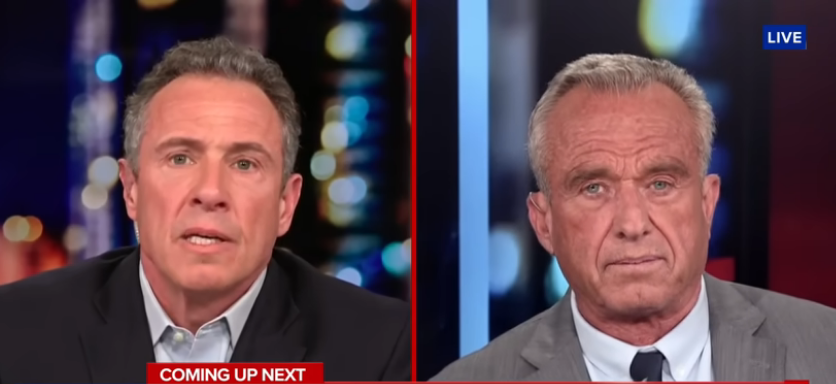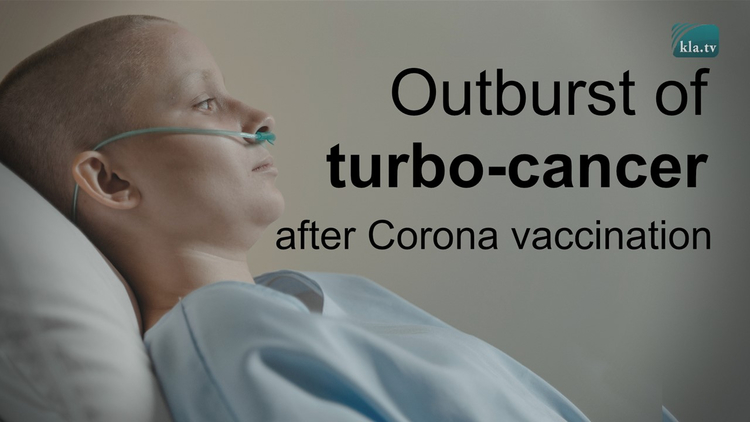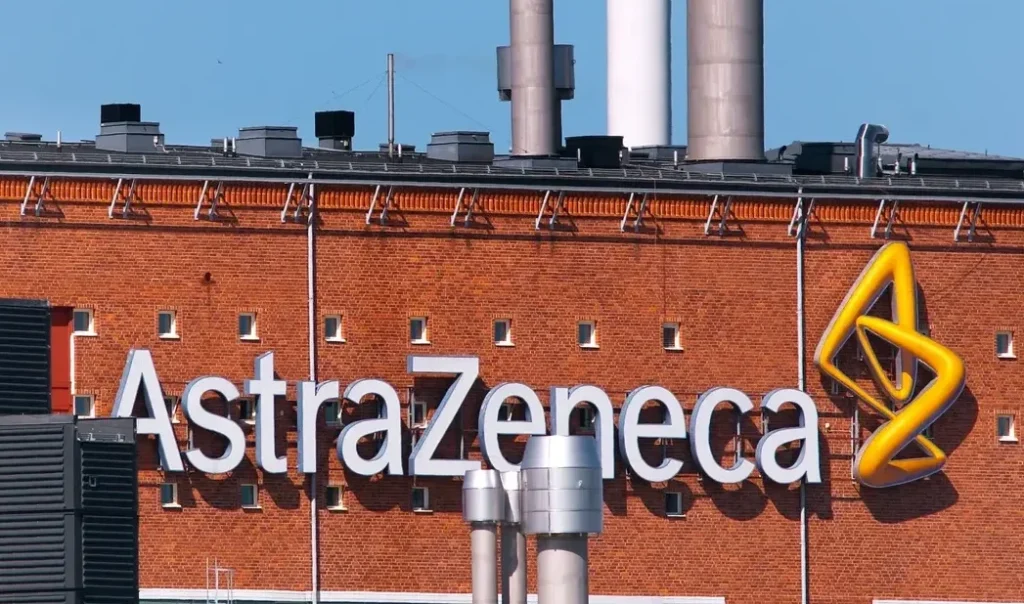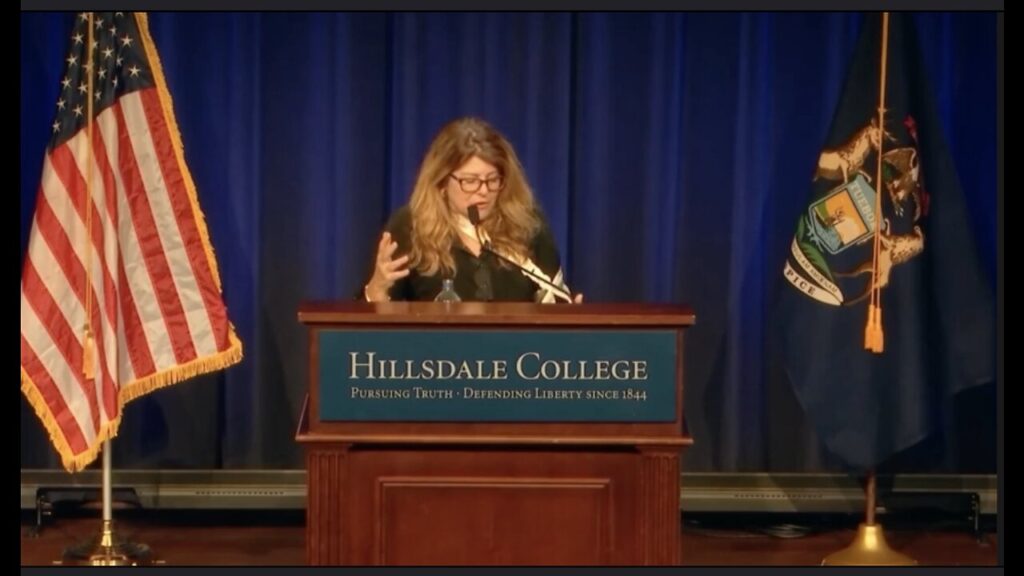Dr. Toby Rogers’ testimony at the U.S. Senate Permanent Subcommittee on Investigations hearing on September 9, 2025 present a data-heavy case, relying on peer-reviewed studies and government data to argue that vaccines and industry capture drive the autism epidemic, urging systemic reform.
Dr. Toby Rogers is a political economist with a Ph.D. from the University of Sydney. When writing his doctoral thesis, “The Political Economy of Autism,” (2019), he changed its focus to that of the political economy of autism, after he had found too many meager explanations about the causes for autism from the CDC.
On September 9, 2025 he testified before the U.S. Senate Permanent Subcommittee on Investigations, chaired by Senator Ron Johnson, addressing what he calls the autism epidemic and science corruption. His testimony was a scathing critique of the pharmaceutical industry’s influence on autism research and public health policy. Rogers, a Brownstone Institute Fellow, draws on his analysis of over 1,000 studies since 2015, to explain that autism is primarily caused by environmental toxicants, particularly vaccines, and that regulatory capture has obscured this truth.
Autism Prevalence on an Epidemic Scale
Dr. Rogers began his testimony with the dramatic rise in autism prevalence. He stated that in 1970, autism affected fewer than 1 in 10,000 children, but by 2022, the CDC reported 1 in 31 eight-year-olds on the spectrum; a 32,158% increase over 52 years. He pinpointed the sharp rise starting around 1987, aligning with the equally expanding childhood vaccine schedules. He calculated 115,000 new autism cases annually in the U.S., equating to 277 children regressing into autism daily. He cited Treffert (1970, “Autism: A New Understanding?”) for the 1970 baseline and Shaw et al. (2025, CDC ADDM Network Report) for 2022 data. Rogers added that changes in diagnostic criteria explain only 10-20% of the increase, citing Byrd et al. (2002, California DDS study) and Hertz-Picciotto & Delwiche (2009, Environmental Health Perspectives). He emphasized that this epidemic costs hundreds of billions annually, yet government response has been inadequate and without urgency, due to the strong pharmaceutical influence.
Genetic Research Failure
Rogers presented facts about how genetics cannot explain the autism epidemic, as the human genome doesn’t change rapidly enough. He listed five major genetic studies – Autism Genetic Resource Exchange (AGRE), Simons Simplex Collection (SSC), Autism Sequencing Consortium (ASC), MSSNG, and SPARK – producing 501 papers and costing over $2.3 billion. These found no evidence for a genetic epidemic (e.g., Iossifov et al., 2014, Nature; Sanders et al., 2015, PNAS).
Four large epigenetic projects – CHARGE, MARBLES, SEED, EARLI – yielded 437 papers, studied air pollutants, pesticides, PCBs, nutritional factors, flame retardants, maternal metabolic conditions, etc and a connection to autism – yet all of the studies ignored vaccines as a co-variant or confounders.
He dismissed CDC claims about parental age or drugs like valproic acid and thalidomide, which account for less than 1% of cases and predate the 1980s rise (Schendel & Bhasin, 2008, Pediatrics; McDonald & Paul, 2010, Journal of Toxicology and Environmental Health).
Vaccine Causation and Suppressed Studies
There are 22 studies used as proof that vaccines do not cause autism. None of them have any completely unvaccinated control group, rendering them useless. (J.B. Handley also documents fatal flaws and of 14 of these studies.)
Rogers stated that there has been a huge suppression of damning evidence of the link between vaccines and autism as that challenges Big Pharma’s narrative. The study that needed to be done was vaccinated vs unvaccinated and he highlighted six well-made, yet ignored, studies, all of which used unvaccinated control groups.
Gallagher & Goodman (2008 and 2010, Journal of Toxicology and Environmental Health):
Hepatitis B vaccine at birth increases autism odds 3-fold in males.
Mawson et al. (2017a and 2017b, Journal of Translational Science; and and update 2025):
A homeschooled children study found a 4.2-fold increased autism risk with full vaccination; no autism cases in unvaccinated controls. Preterm births vaccinated increased neurodevelopmental disabilities more than 12-fold.
Hooker & Miller (2021, SAGE Open Medicine):
Vaccination raises autism risk 5-fold overall, 12.5-fold without breastfeeding, and 18.7-fold with C-section births, showing synergistic effects.
He cited Ozonoff et al. (2018, Journal of Autism and Developmental Disorders), that showed up to 88% of autism cases involve regression, often 24-72 hours after multi-vaccine “well-baby” visits, suggesting acute toxic exposure. “This suggests an acute toxic exposure and we now have eyewitness testimony from thousands of parents that the acute toxic exposure that preceded the autistic regression was a “well baby” vaccine appointment”, Rogers said in his statement.
Pharmaceutical Industry Capture
Rogers asserted that the pharmaceutical industry’s $6.7 billion annual lobbying, $12 billion in physician payments and funding of 75% of medical education distorts science. Industry-sponsored trials are 3.6 times more likely to favor sponsors (Bekelman et al., 2003, JAMA). He explained that as the pharmaceutical companies controls what is studied and what is accepted as evidence, medical textbooks and curricula are influenced by financially conflicted academics, an “epistemic bubble” is created. This ensures doctors operate in a biased bubble from medical school onward. He urged in his Senate conclusion that, “The entire system of knowledge production in science and medicine needs to be overhauled”
Policy Critique and Solutions
Rogers suggested repealing three laws – the 1985 Dole Act, 1986 National Childhood Vaccine Injury Act, and 2005 PREP Act – and said that this would end the autism and chronic disease epidemics by removing liability protections that expanded the vaccine schedule from 3 to 72 doses. He argued these laws incentivized a chronic disease crisis, with 1 in 2 children affected by age 18, costing $3.7 trillion yearly (Narayanan et al., 2019, Academic Pediatrics; Bethell et al., 2014, JAMA Pediatrics).
Broader Chronic Disease Context
Rogers framed autism as part of a larger epidemic of chronic diseases, with toxicants like vaccines, glyphosate, and fluoride driving the illnesses. It is his estimation that 80% of cases are preventable by removing these exposures.
His end statement was “Regression suggests an acute toxic exposure. Not genetics, not better awareness, an acute toxic exposure, which means that most cases of autism are preventable. Autism is not a medical or scientific mystery. We know beyond a reasonable doubt that toxicants, mostly from vaccines and about a dozen additional toxicants, are causing autism.”
Thesis: The Political Economy of Autism





